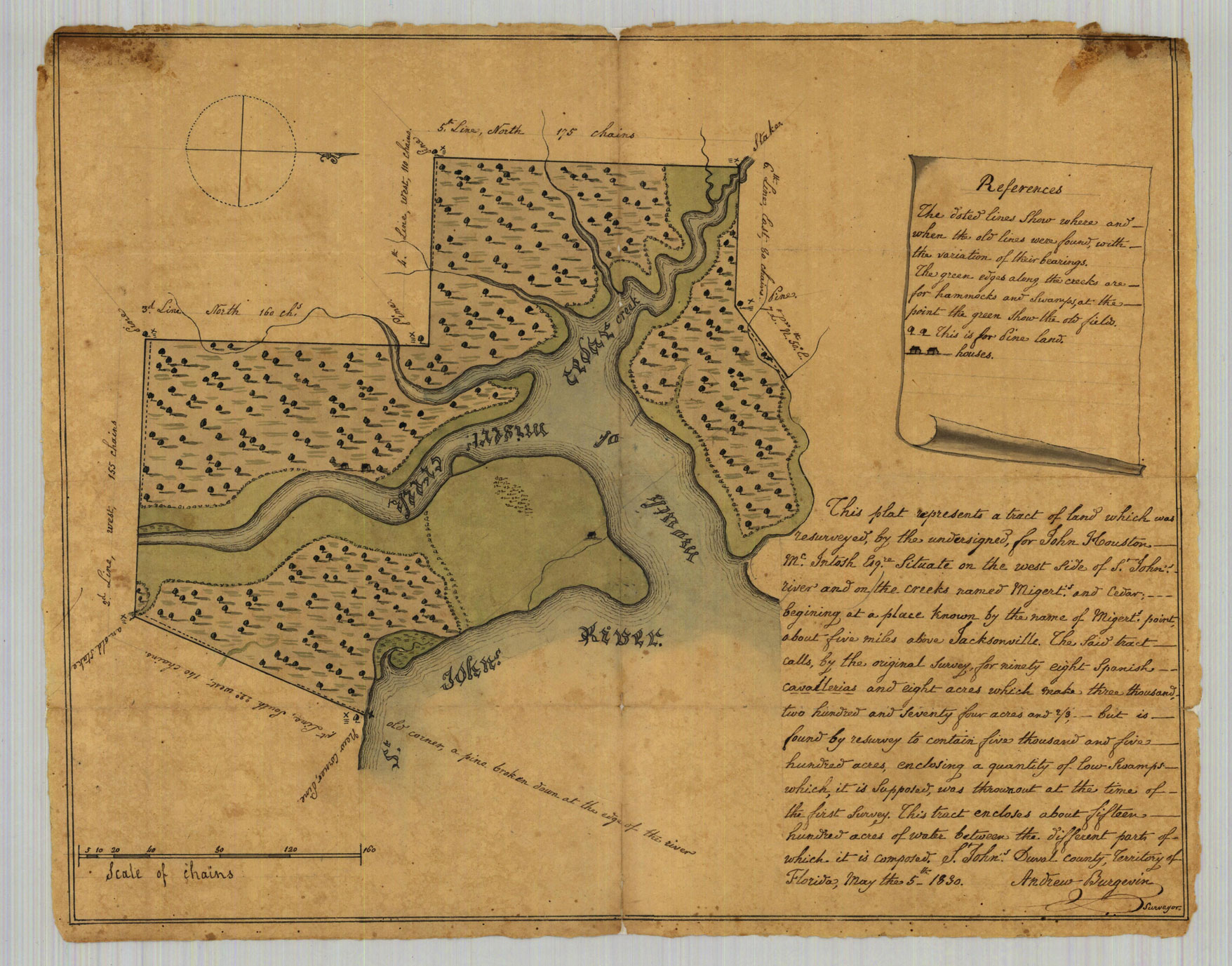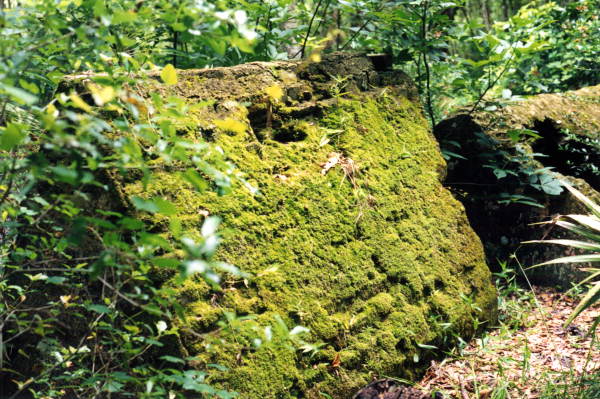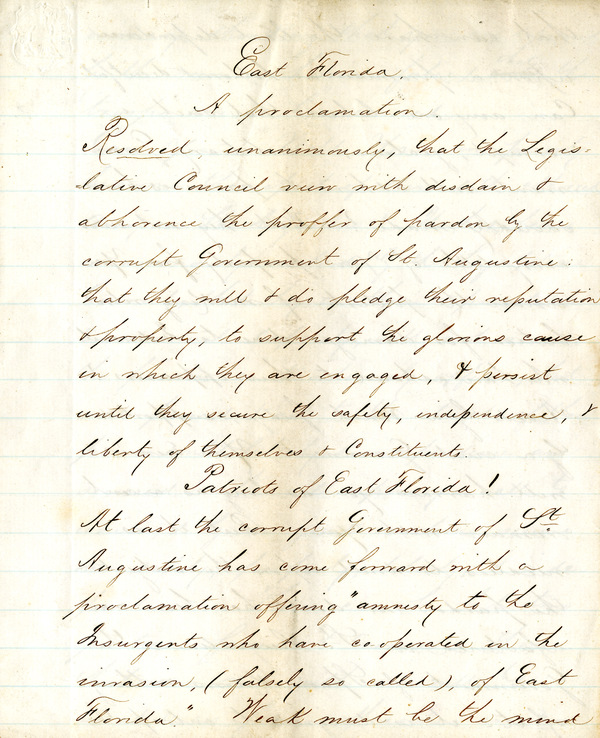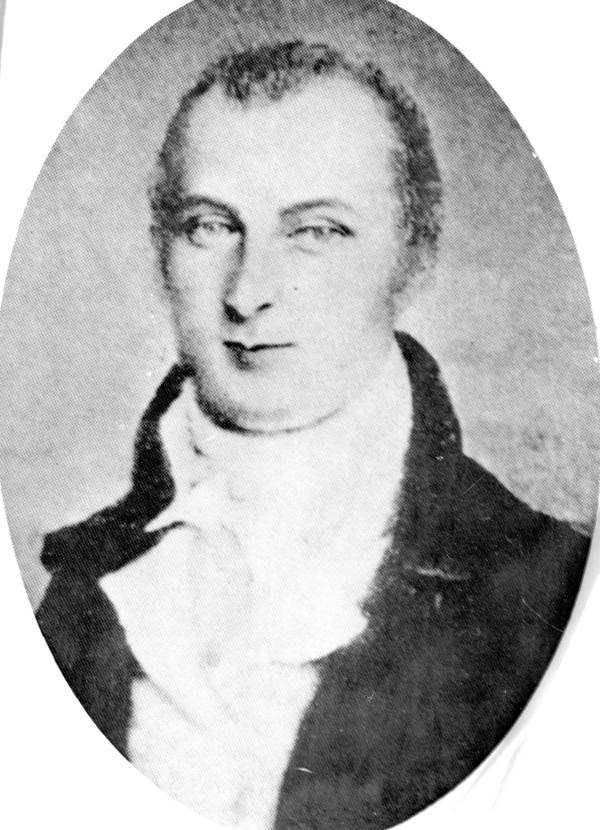Description of previous item
Description of next item
On the Border, Part I
Published May 5, 2015 by Florida Memory
Situated as it is between the Gulf of Mexico and the Atlantic Ocean, you wouldn’t immediately think of Florida as having had many boundary disputes. During the Spanish colonial era, however, the Florida-Georgia border was the setting for a number of dramatic quarrels between the Spanish and their neighbors to the north. These events are reflected in the lives of the people who lived near the border, especially when they had business dealings on both sides.
John Houstoun McIntosh is an excellent example. He was born May 1, 1773 in St. Andrews Parish, Georgia. He married a young woman from a prominent New York family in 1792, and began farming rice and cotton at “Refuge,” a plantation on the Satilla River in Camden County, Georgia.
Like many South Georgia planters, McIntosh was curious about the possibility of obtaining land in Spanish Florida. In 1803, he took an oath of allegiance to the Spanish government and received a grant of land along the Indian River near Merritt Island. He also purchased several parcels of land along the St. Johns River, including all of what is now known as Fort George Island.

Survey plat showing one of John Houstoun McIntosh’s parcels of land along the St. Johns River and Cedar and McGirt’s creeks (1830). Click to enlarge.
McIntosh made his home on Fort George Island, where he grew cotton and operated a sawmill. In 1808, his daughter Mary died, as did another relative. Both were buried on the island in uniquely shaped crypts, as seen below.

Two 19th-century crypts on Fort George Island, believed to be the tombs of Mary McIntosh and Ann Bayard Houstoun (photo 1998).
Despite living in Spanish Florida and swearing his allegiance, John McIntosh never relinquished his United States citizenship. In fact, in 1812 he helped lead an effort to wrest control of Florida from the Spanish colonial authorities at St. Augustine. The so-called Patriot Army, made up mostly of Georgians, drafted a constitution and declared Florida’s independence from Spain. They had hoped to enlist the support of Spanish Floridians in their cause, but the movement never really got off the ground. Florida would remain a Spanish possession for nearly another decade before it was relinquished to the United States.

First page of the Patriot Constitution, written up by John McIntosh and other leaders of the Patriot Army for the short-lived Republic of East Florida (1812).
As for John McIntosh, he moved back to Georgia in 1813 and remained there until his death in 1836. His Fort George Island property was purchased by Zephaniah Kingsley through a mortgage foreclosure in 1817. Both men would later go before the United States Board of Land Commissioners to claim parcels of land they had earlier obtained from the Spanish government. These claims are accessible through the Spanish Land Grants collection on Florida Memory.
Cite This Article
Chicago Manual of Style
(17th Edition)Florida Memory. "On the Border, Part I." Floridiana, 2015. https://www.floridamemory.com/items/show/295247.
MLA
(9th Edition)Florida Memory. "On the Border, Part I." Floridiana, 2015, https://www.floridamemory.com/items/show/295247. Accessed January 7, 2026.
APA
(7th Edition)Florida Memory. (2015, May 5). On the Border, Part I. Floridiana. Retrieved from https://www.floridamemory.com/items/show/295247

 Listen: The Blues Program
Listen: The Blues Program